There are some experiences that you live when traveling that open your eyes to a whole new world of customs and traditions. They become these mythical moments you remember forever. You consider yourself lucky to have been in the right place at the right time. Seonyu Julbul Nori was one of those insane moments. These Korean festival showcasing ancient traditional fireworks left us speechless. It was a part of a Korean festival we barely knew anything about. We didn’t know what we were getting ourselves into, but it ended up being amazing!
This article may contain affiliate/compensated links. For more information, please see our disclaimer here. We take all the efforts necessary to ensure the information included in this post is accurate, correct and current, sometimes, things just change! Travel information like opening hours, business operations and prices may change. If you find anything in this post that is incorrect or outdated, please let me know in the comments so I can update it for other readers. Cheers!
We love helping you plan amazing trips. If you need any of these services, consider booking them through our affiliate links. Without costing you anything extra, you will be helping support us so we can continue to write these blogs for you.
We thank you again for your continued support.
🏠 Find the perfect place to stay with Booking.com
✈️ Get the cheapest flights with Skyscanner
🚣 Book your favorite activities with Viator
💻 Make sure you have everything you need for your epic trip by checking our store on Amazon
Table of Contents
Hahoe, a traditional Korean village
Located near Andong, the capital of North Gyeongsang Province, Hahoe is a sleepy town on most days. Commonly, Hahoe is called the Hahoe folk village. It dates all the way back to the 16th century and the Joseon Dynasty, which lasted five centuries.
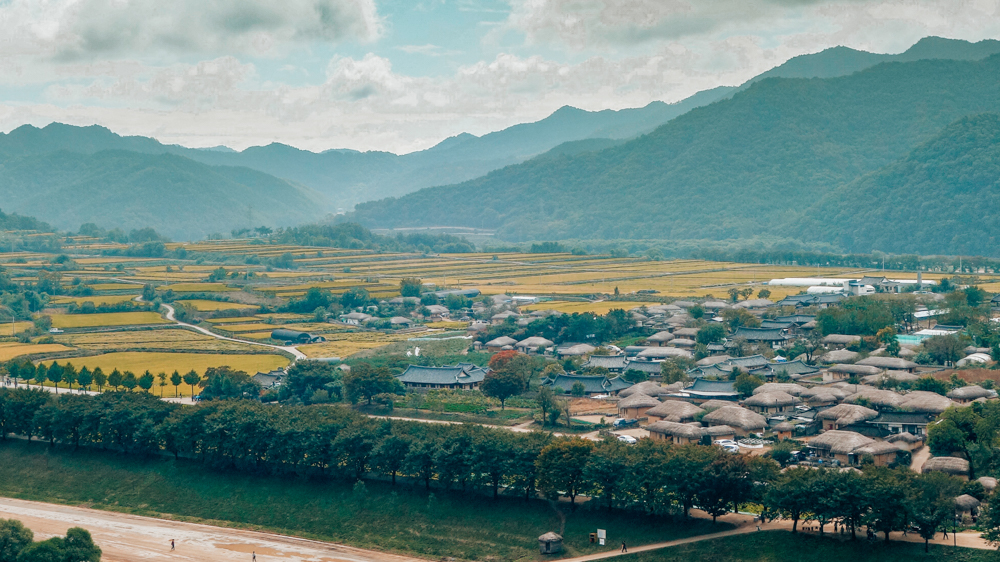
The Hahoe folk village holds a valuable part in Korean culture. It has preserved the Joseon period-style architecture, their folk traditions, many valuable books, and the old tradition of clan-based villages. It’s no wonder that this traditional Korean festival takes place here.
To the north of the village is Buyongdae Cliff. There is also the Nakdong River flowing through the village. Both play an important role in this festival in Korea called Seonyu Julbul Nori. Walking around the village, you can’t help but stop and admire the natural and architectural beauty around you. We often wondered what life might have been like way back in the day… though it seems like not much has changed in this traditional folk village. There’s just something so special about Hahoe.
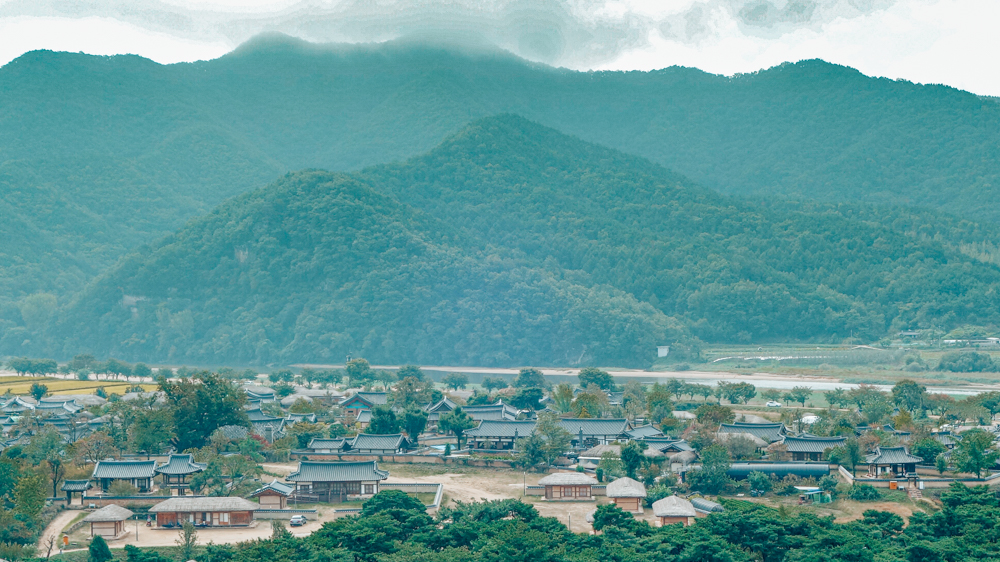
Hahoe folk village is on the list of UNESCO world heritage sites since 2010. And if you visit Hahoe on any regular day, you’ll see villagers toiling along the river. A few tourists come to check the village out, spending a good two-hours walking around peacefully. Nothing special happens here on any regular day. But Seonyu Julbul Nori is not a regular day…
Seonyu Julbul Nori – A traditional festival in South Korea
Every year, for one night only, the village comes alive! And it’s not a moment to be missed. If you ever wondered what a flaming ball of fire being hurled from a cliff looks like, this is your chance to see it.
Sound crazy? It is, but this tradition has been alive for over 450 years. And although Seonyu Julbul Nori was halted during the Japanese colonial era, it quickly made its comeback intermittently in the years after Korea’s liberation.
“Seonyu Julbul Nori” is a kind of fireworks display over the Nakdong River. Back in the day, the event was mainly viewed by aristocrats. They would flow down the river in boats and take in the sights of these beautiful fireworks lighting up the sky and the water. Everything about this night was supposed to be magical. From the pairing of the moonlit night and the many components of Seonyu Julbul Nori to the fireworks shooting down from the julbul, the ball of fire thrown from the cliff that crashes onto the river, and the lit-up eggshells floating down the river, everything showcases the magical union between nature and man.
What is the Korean festival of Seonyu Julbul Nori?
The Korean festival of Seonyu Julbul Nori is made up of four parts: Baet Nori, Julbul Nori, Dalgyal Bul Nori, and Nakwha Nori. The latter was our favorite, and you’ll soon understand why!
Baet Nori kicks off this festival in Korea
The first part is Baet Nori, which means “to enjoy boating”. It’s considered the main part of the event. Everything else around it is only meant to highlight the Baet Nori. Back in the day, scholars and aristocrats would have drinks and partake in ad-lib poetry on their boats. They would just float down the river while enjoying the view around them.
Dalgyal Bul Nori, to keep with Korean traditions
Right when Baet Nori starts, Dalgyal Bul Nori starts. This is when people take emptied eggshells, fill them with pieces of paper and cotton, soak them in oil and light them on fire. They then drop the eggshells on the north side of the river so they to stream down to where the action is. Although it may not seem like it, these little bits of floating fire add so much to the ambiance.
Julbul Nori is the magical part of this festival in Korea
Next is Julbul Nori, which is undeniably the most magical part of this traditional Korean festival. Stretched across the river, all the way from the top of Buyongdae to the pine forest of Mansongjeong, that’s where the magic happens. You’ll find over 1,500 little bags hung on long, thin threads. When they are not lit, they are barely visible in the dark. But when they are lit, you can’t keep your eyes off them!
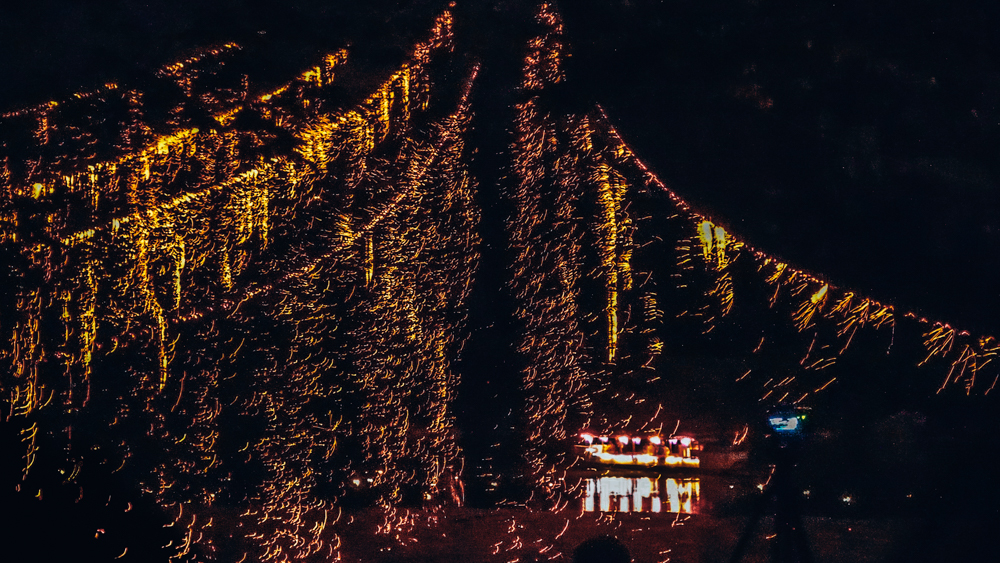
Inside these little bags, there’s a combination of charcoal created from burnt mulberry and salt. When these bags are lit, they crackle and explode a little, mainly thanks to the salt. The effect they produce is mesmerizing. Although they don’t look like the fireworks we know today, this old-school version is much cooler. The sparks look like little stars falling into the river. Combined with the reflection on the water, the whole thing is surreal.
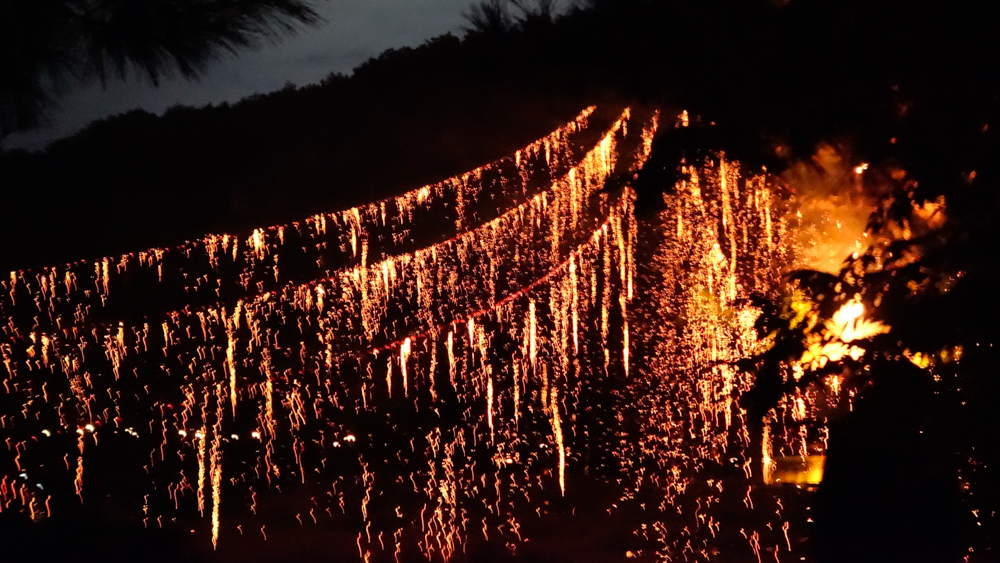
Nakwha Nori – The perfect way to end this Korean festival
And finally, there is our favorite part of the Seonyu Julbul Nori festival in Korea. It’s called Nakwha Nori. The audience is invited to shout, “Nakwha-ya” as villagers light a barrel of twigs on fire and throw the immense ball of flames down from the Buyongdae cliff. You should have seen our eyes when this started.
With every throw, we were overcome with a mix of fear, fun, and excitement.
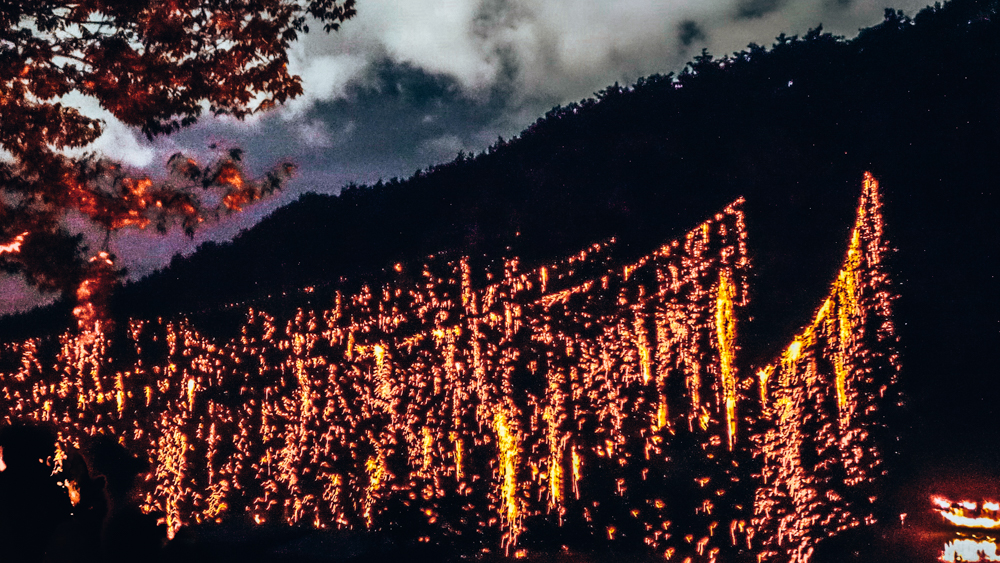
Fear, as we wonder if the whole cliff would catch fire. We’ve never seen such a large ball of fire hurled down from so high. Fun because with each throw, we were allowed to make one wish. Needless to say, we made a lot of wishes that night… hoping that at least some would come true. And excitement, as we were living an unforgettable experience, in a country foreign to us, surrounded by the kindest locals.
5 tips for making the best out of Seonyu Julbul Nori
There are a few things to bear in mind when attending the Korean festival of Seonyu Julbul Nori. Hopefully, these tips will help you make the most of this amazing experience:
1. Get there early
This will give you enough time to make the best of the night. You’ll be able to take your time and enjoy the surroundings. It’s also good to get prime parking. You’ll see the lanterns getting lit and released, the singing and dancing, the eating, etc.
2. Make an evening of it
There are shows and restaurants that set up before the festivities start. So along with getting there early, enjoy all the different things to see and do around.
3. Walk around the village
There were a few things we didn’t see because we didn’t want to lose our spot. Lesson learned. Next time, we will arrive even earlier and walk around more!
4. Be patient on your way out
There are tons of people, and it will take time to get the parking cleared. We actually ended up walking around Hahoe Folk Village after the event so by the time we left, the parking was clear and we didn’t have to wait!
5. Wear comfy shoes
The terrain is uneven, you’ll be walking a lot. Also, they will get dusty/muddy as most roads there are actually just dirt patches.
Andong’s Mask Dance festival
The nearby city of Andong plays host to the Mask Dance festival at the end of September, which comes to an end in Hahoe, with the traditional Korean festival of Seonyu Julbul Nori. The Mask Dance festival is free to experience for all, although there are paying shows. The festival usually lasts about ten days in all.
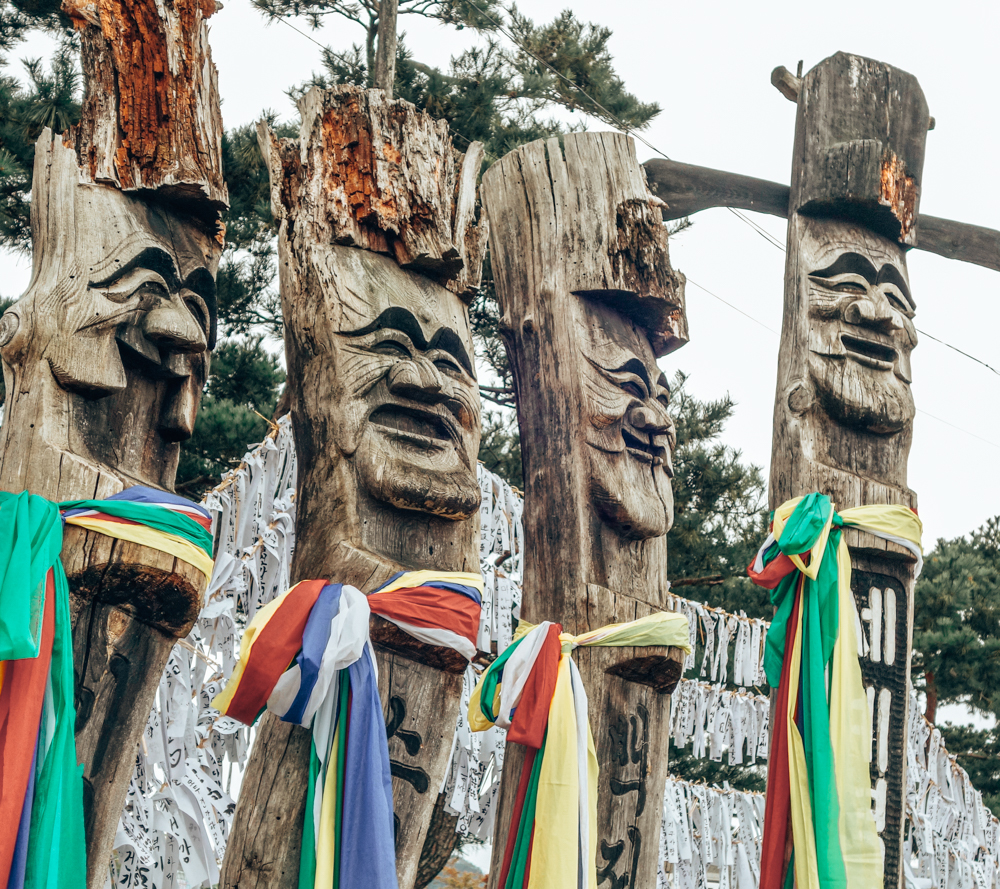
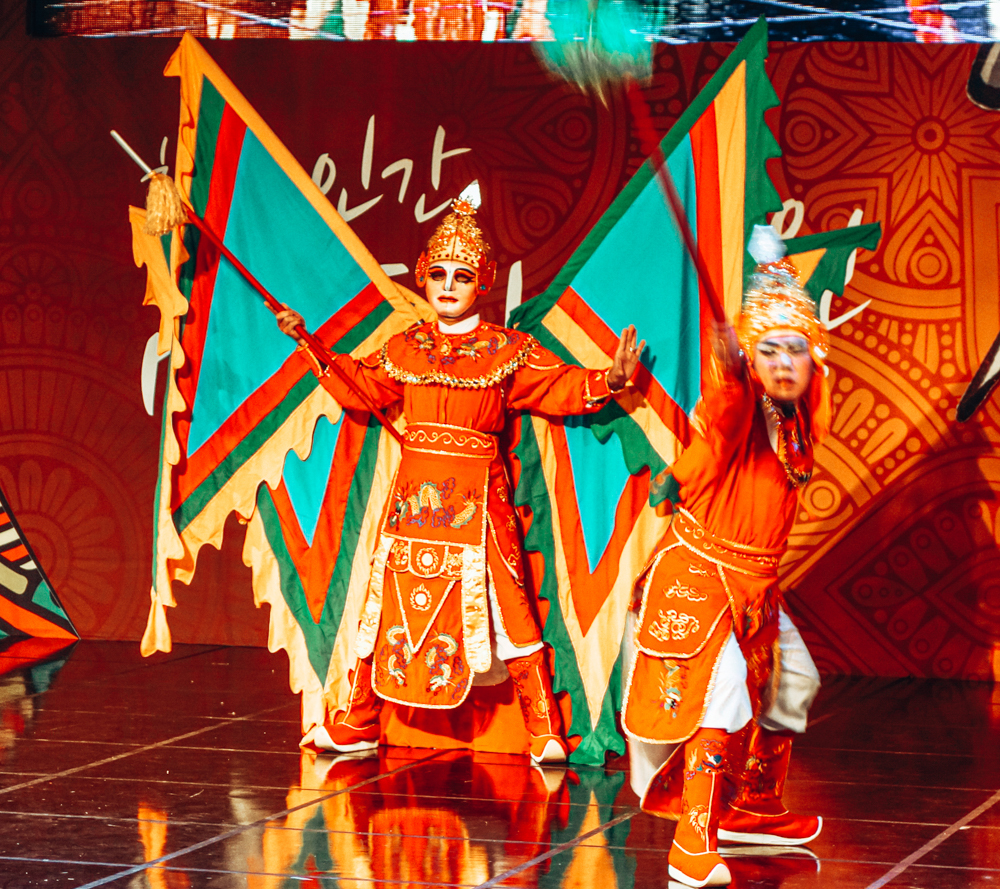
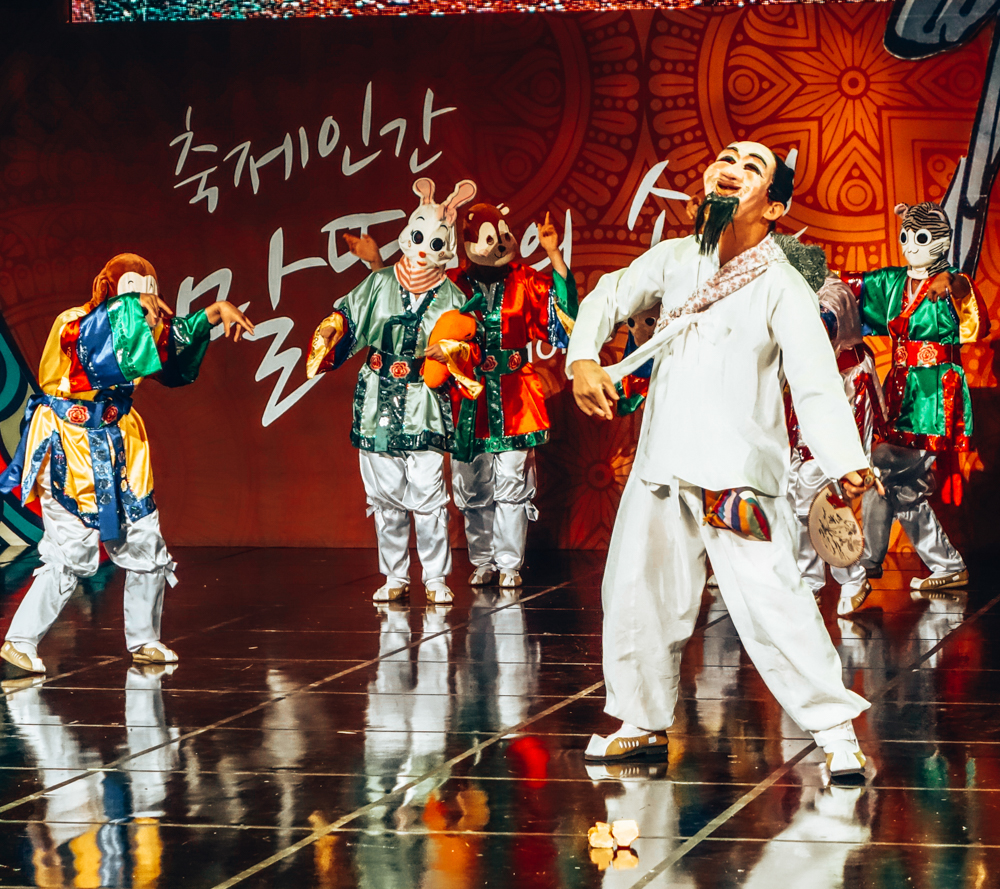
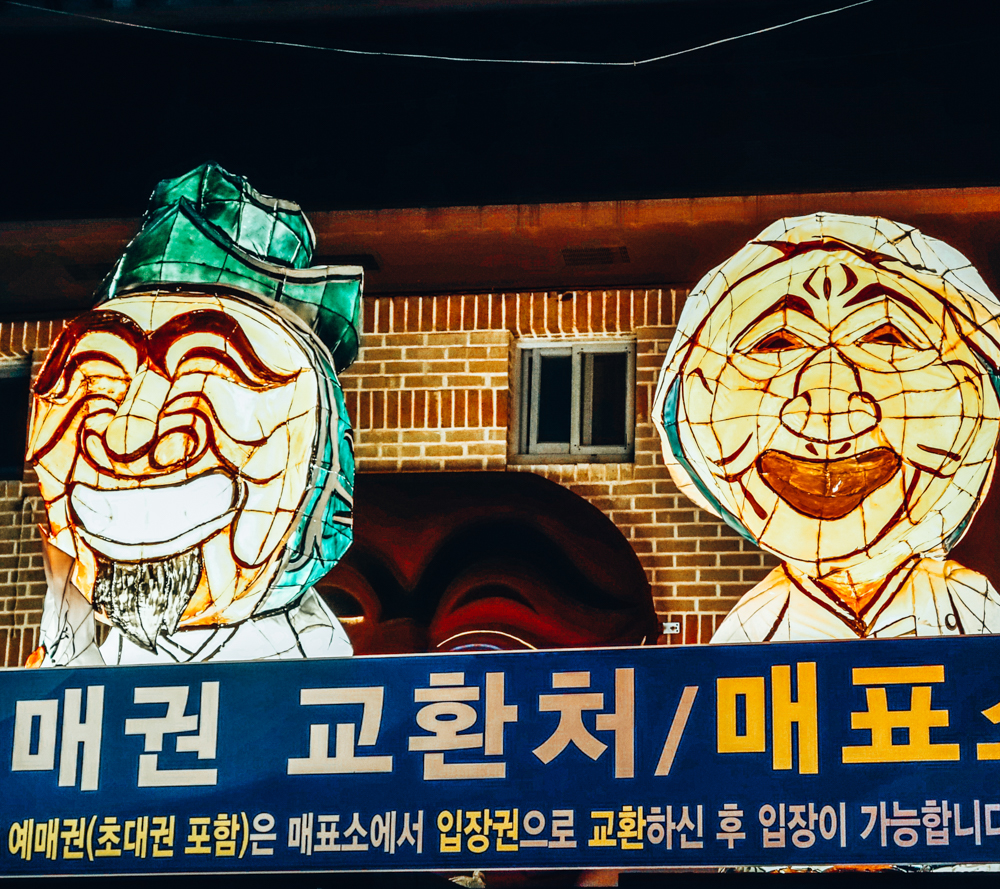
Visiting Hahoe Folk Village
If you want to visit Hahoe outside of Julbul Nori, it’s open from April to September, 9 am to 6 pm. And from October to March, from 9 am to 5 pm. Although parking is free, there is an entrance fee of $4 USD for adults, $2 USD for teenagers and $1 USD for children.
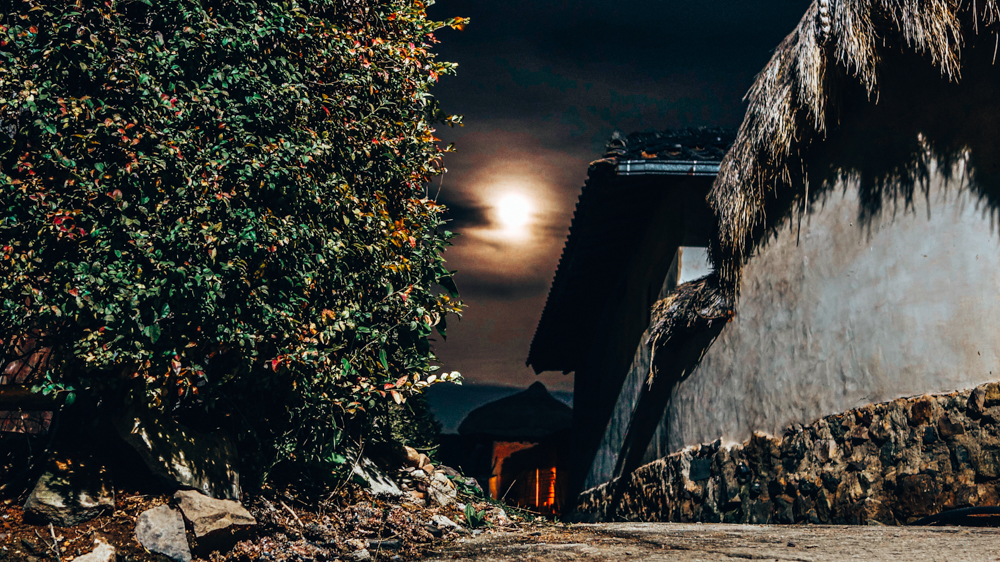
Although Hahoe gets crowded during Seonyu Julbul Nori, it remains a sleepy little town. Andong and Hahoe might not be on many people’s bucket lists when they head to Korea, but it’s well worth the detour, especially during Seonyu Julbul Nori and the mask dance festival.
How to get to Hahoe from Andong
When we came to Hahoe, we were already in Andong. This is the largest and closest city to Hahoe. We got to Andong from Seoul. Here’s how the journey unfolded for us:
Getting to Andong from Seoul
From Seoul, you can get to Andong by bus. The ride should take around 3 hours and should cost 16,000 won. In Seoul, there are two bus terminals that have busses to Andong: Gangnam Express Bus Terminal or East Express Bus Terminal (aka Dong Seoul Bus Terminal). The buses run every 30 minutes. Check prices and timetables here.
From Dong Seoul Bus Terminal, we took the intercity bus bound for Andong Bus Terminal. Be warned that it may take longer than 3 hours as many locals head to Andong for the festival, especially on weekends. We learned this the hard way – our trip lasted closer to 4 hours in all, including one bathroom stop along the way. Also, be sure to book your tickets in advance if you are going on a weekend as they do tend to get full. You will arrive at the Andong main bus station.
Getting to Hahoe Folk Village from Andong
To get to Hahoe Folk Village, take bus 46 from the Andong bus station. The ride will take about one hour from there. Or you can grab the bus from the train station, which will only take 50 minutes.
Accommodations in Hahoe Folk Village
If you’re looking to stay in Hahoe Folk Village, know that accommodations are limited there. Your best bet would be to stay in Andong and take the bus to Hahoe Folk Village.
Or, you can opt for a fully local experience and couchsurf with some locals. This is what we did and it was one of the most rewarding experiences ever. Our hostess gave us an in-depth look at the city, told us all about the festival and made the whole experience unforgettable for us.
Sustainable travel and ecotourism in Korea
As always, we want to be sure everyone practices sustainable travel in Hahoe, Andong, Korea, and all over the world. That’s why we always share these tips to help you travel in the most eco-friendly way possible! Ecotourism is so important because it helps lower our carbon footprint, it helps travel become less of a burden on the environment, and it helps preserve our beautiful planet, so future generations can explore the beauty of the world.
Here are our tips to help you practice sustainable travel in Korea:
- Bring reusable water bottles: Tap water in Korea and Andong is safe to drink, although most Koreans won’t drink it unless they boil or filter it first. You can safely refill your reusable water bottle from the tap, or instead, you can opt for a Lifestraw Go that filters any freshwater. Either way, don’t buy plastic water bottles!
- Eat as local and vegan as you can: The food in Korea is delicious, so eat as much of it as possible, and especially, eat all the vegan options you can! It’s a delicious and easy way to reduce your environmental footprint.
- Pick up trash and speak out: Unfortunately, littering is still alive in Korea, although it’s not that bad. But sadly, it is more prevalent on beaches where people forget to take their trash home with them. When you can, bring yourself an adventure bag and pick up the trash you see. And when you see people littering, don’t be shy to nicely tell them to pick up after themselves.
- Bring your own bags and refuse plastic bags: Like most places, they still offer plastic bags in grocery stores, and at various shops. So bring your own bag and do your little step to save our beautiful planet!
- Take public transportation: Getting from Andong to Hahoe is quite easy with public transportation, so don’t hesitate to take the bus to get to the Folk Village.
Have we convinced you to experience this festival yet? Let us know in the comments. Also, feel free to share your best festival with us! We’re always looking to experience fun local festivals during our travels.
We put a lot of time and effort into the content we create. Please like, comment and share, every action on your part helps us out tremendously and is very much appreciated.
You can also help us by pinning it for others to find.
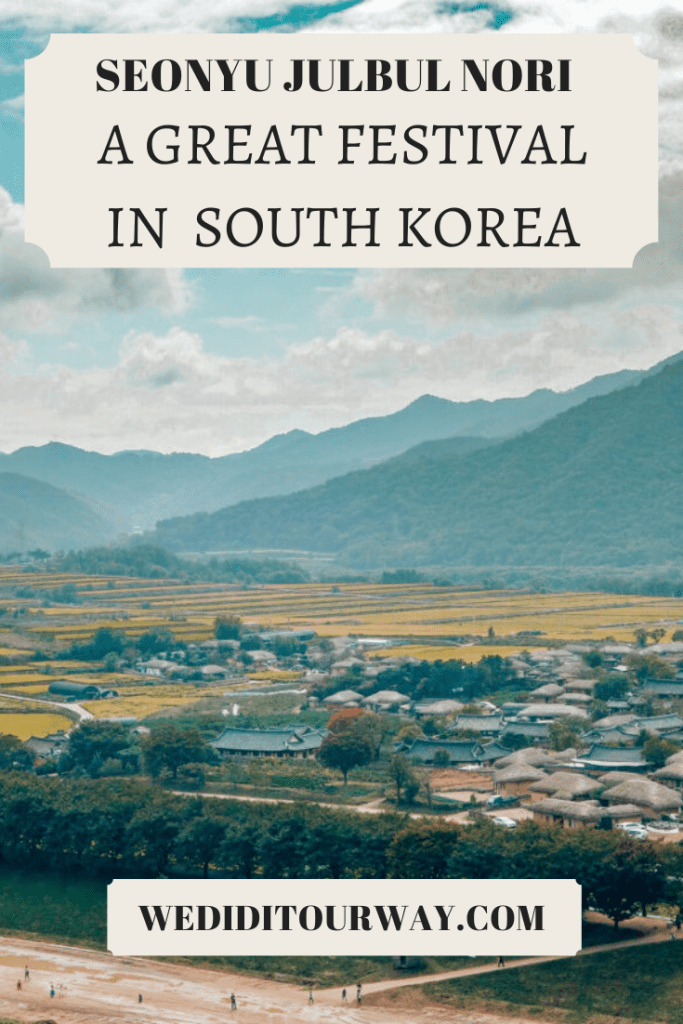


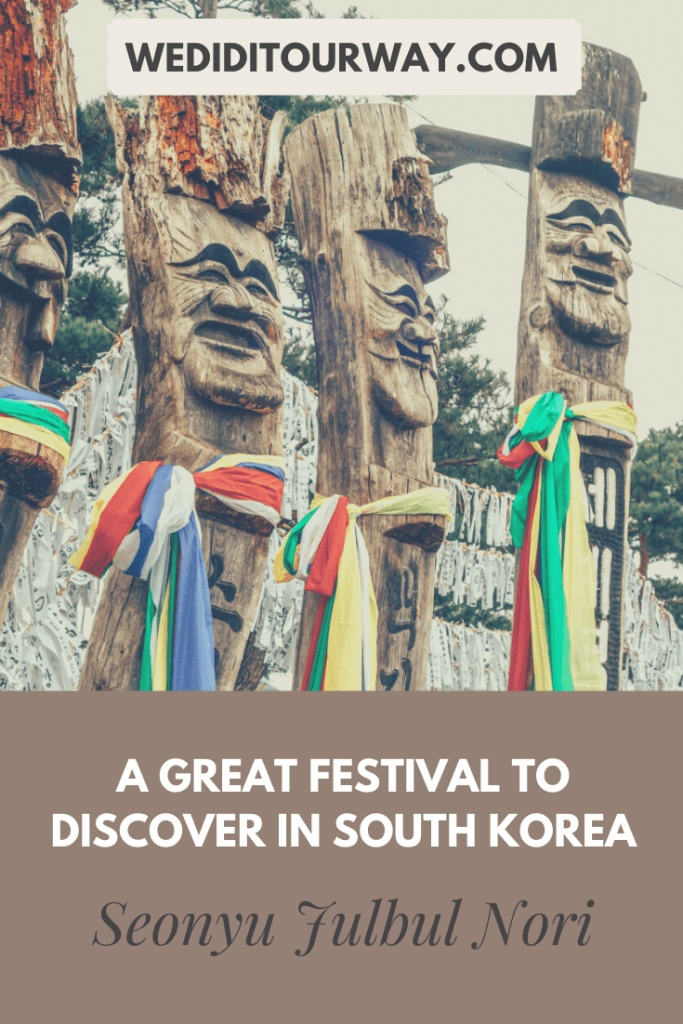
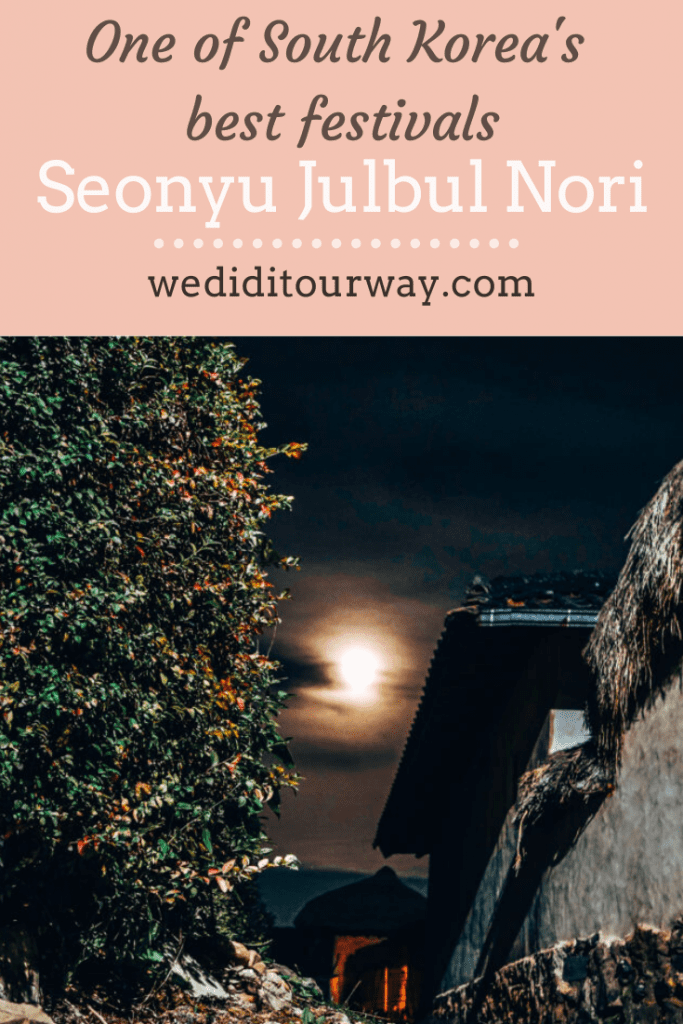
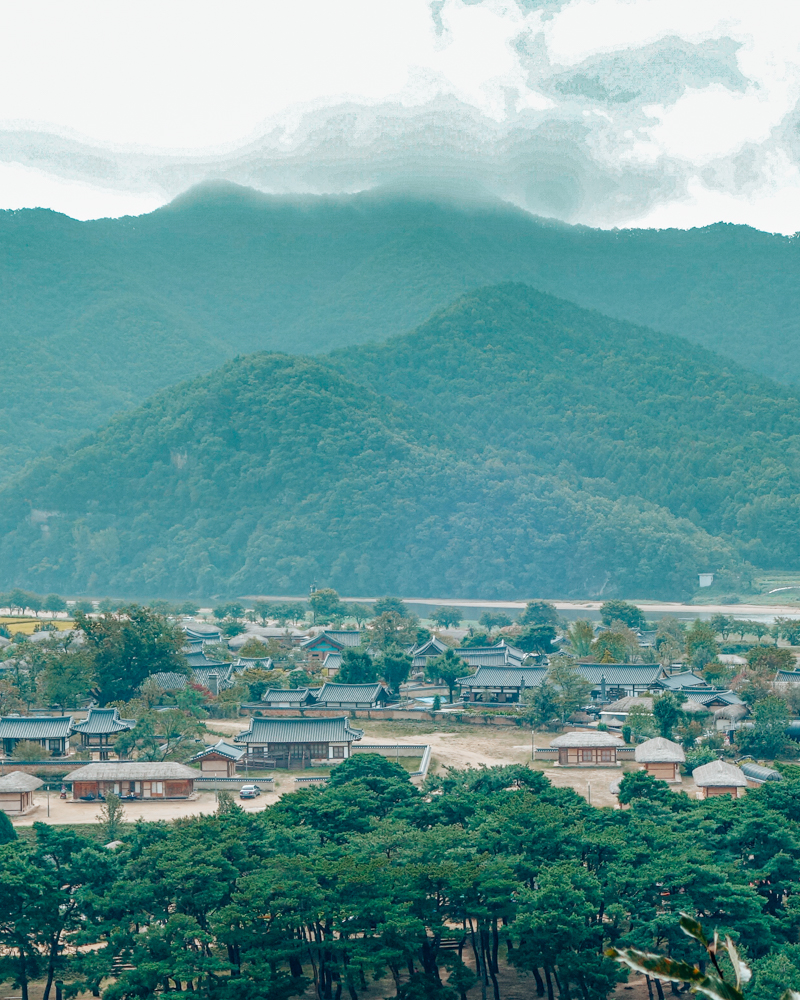
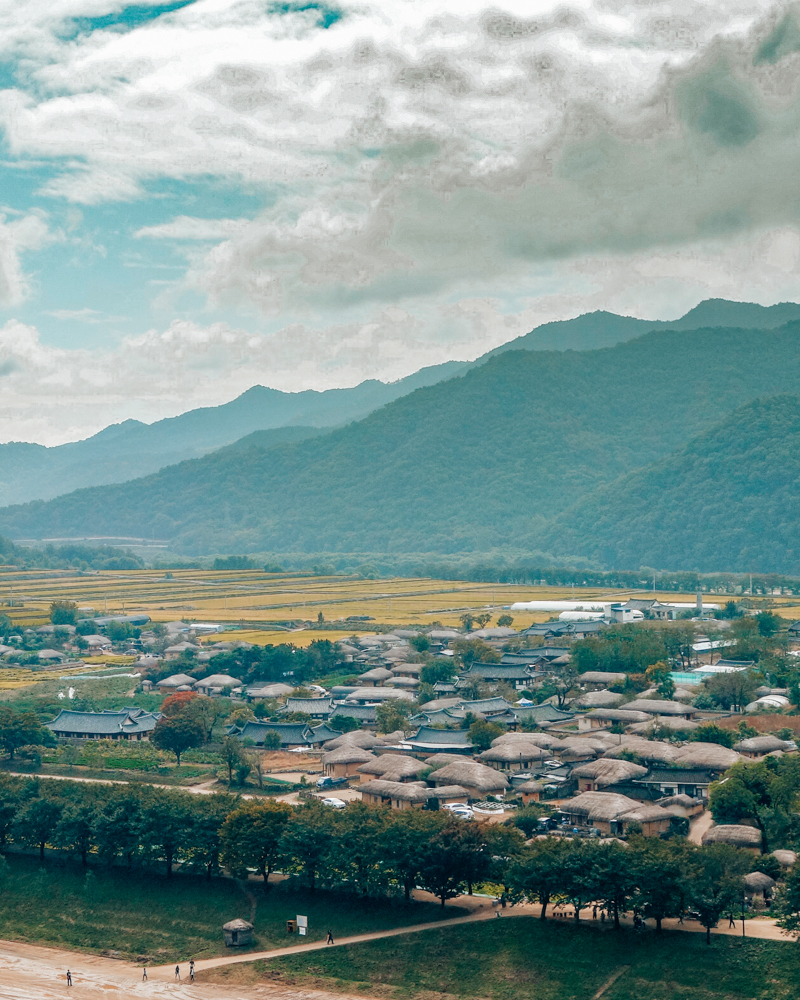
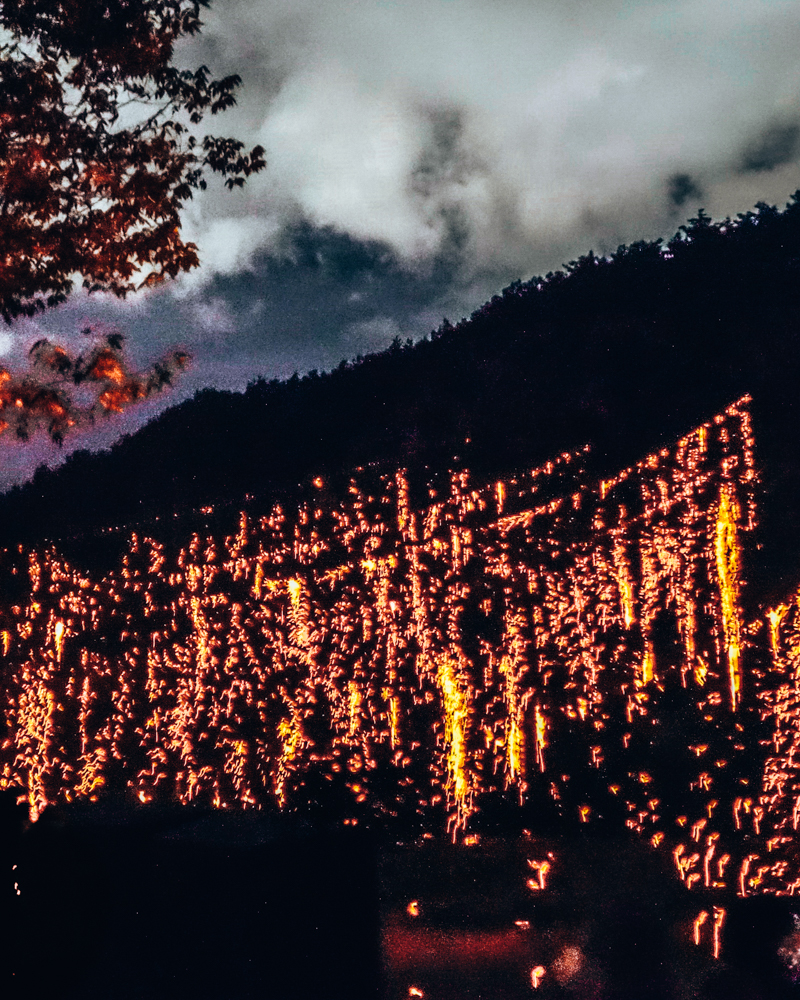
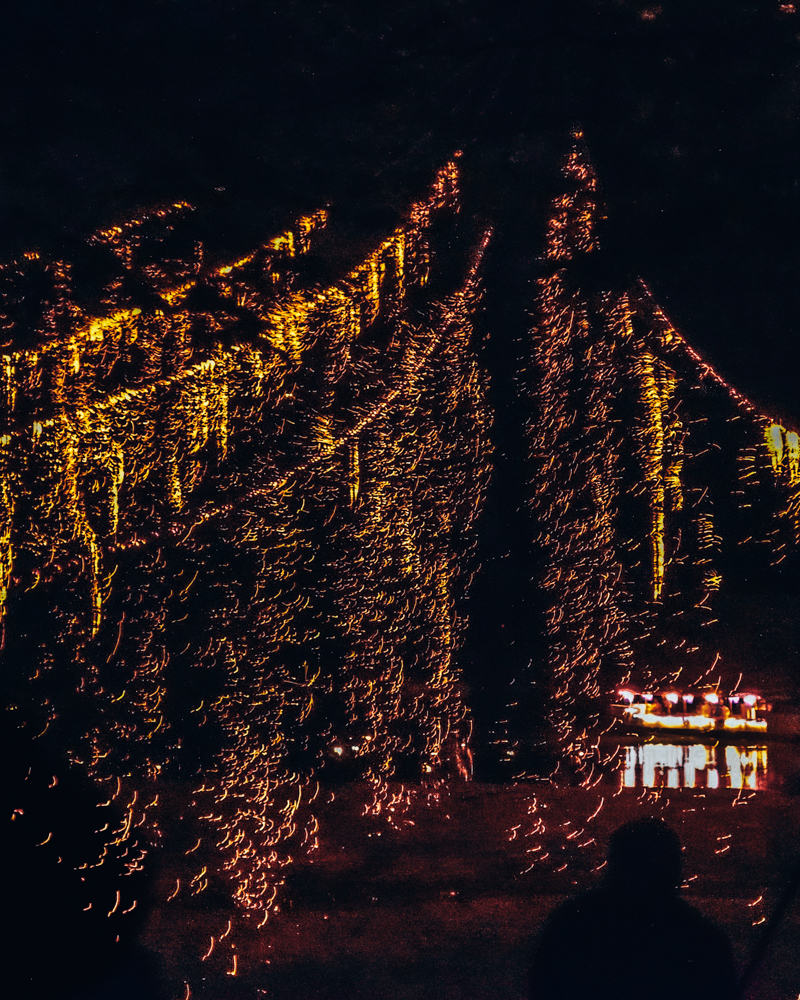
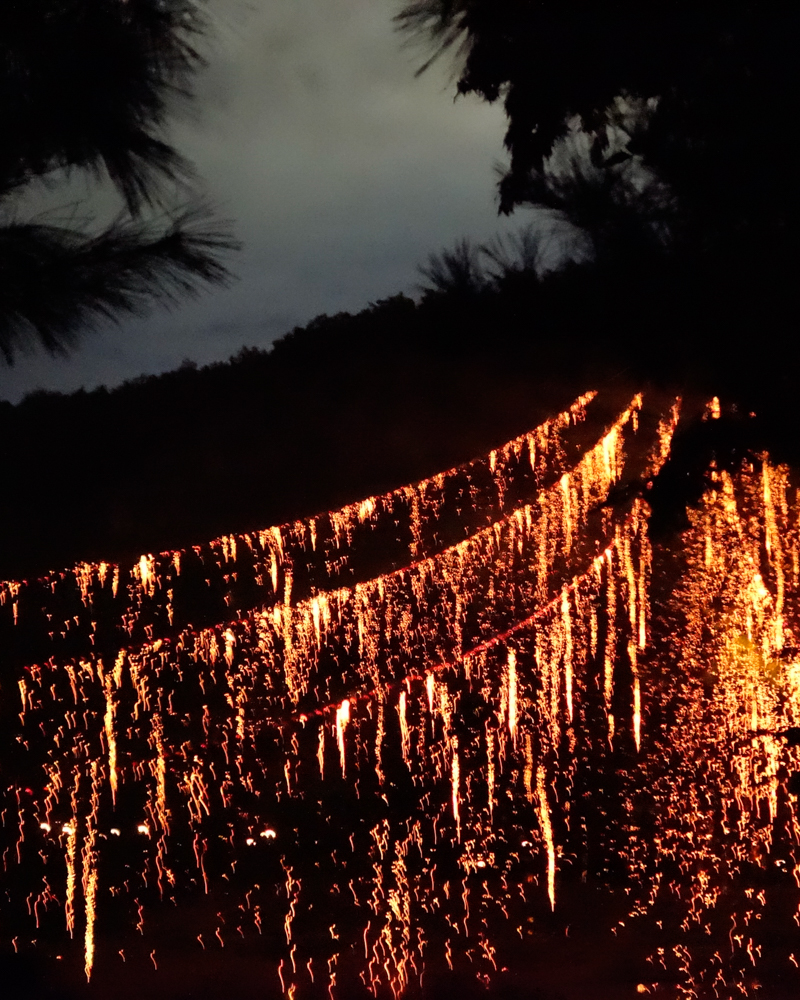
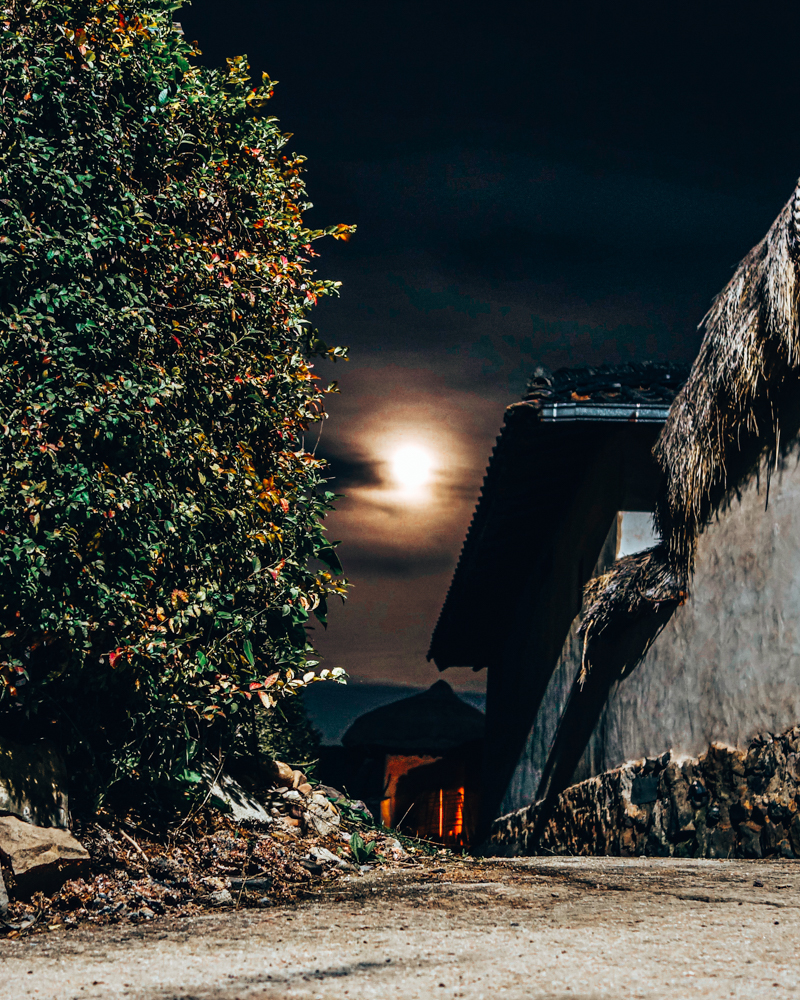
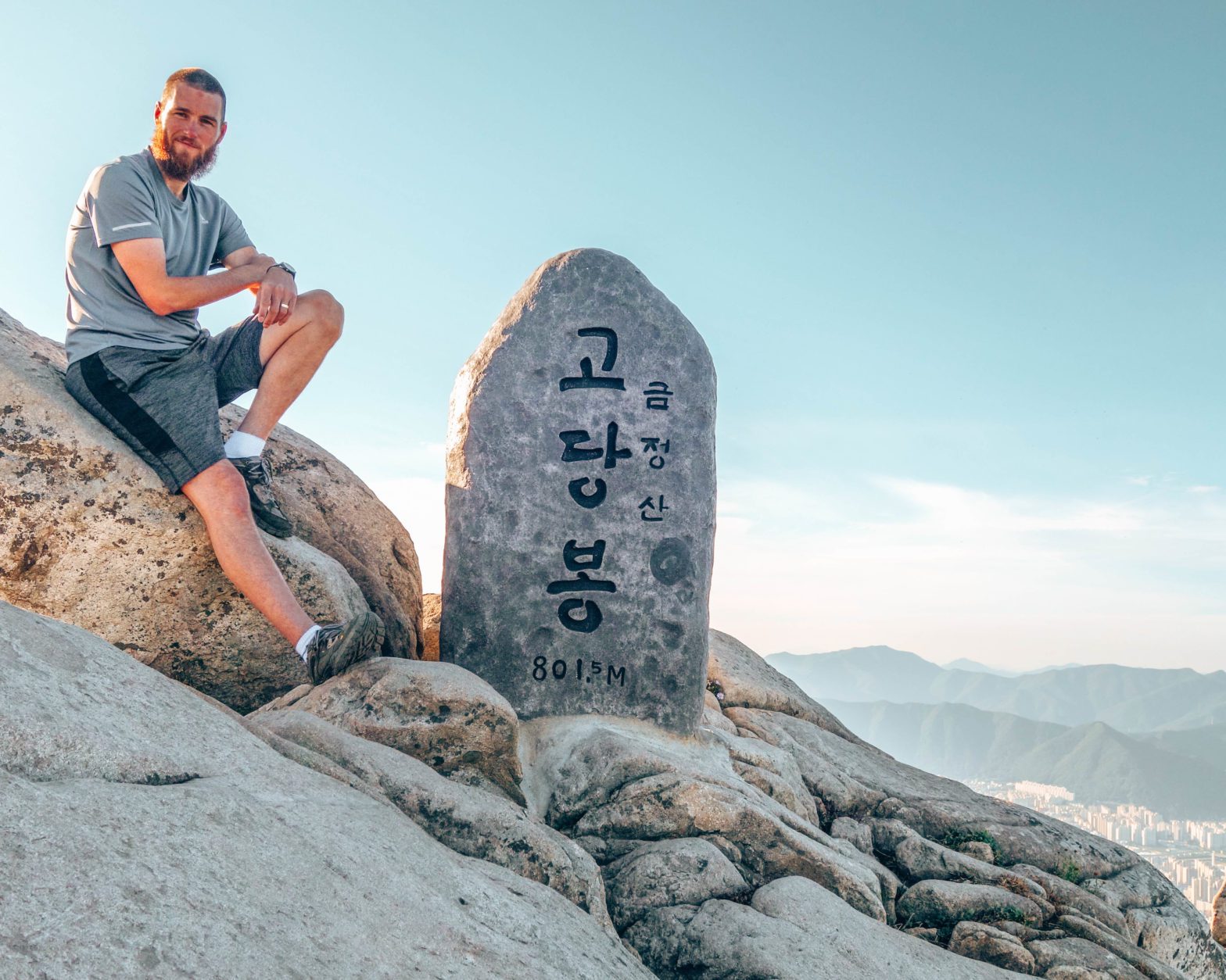
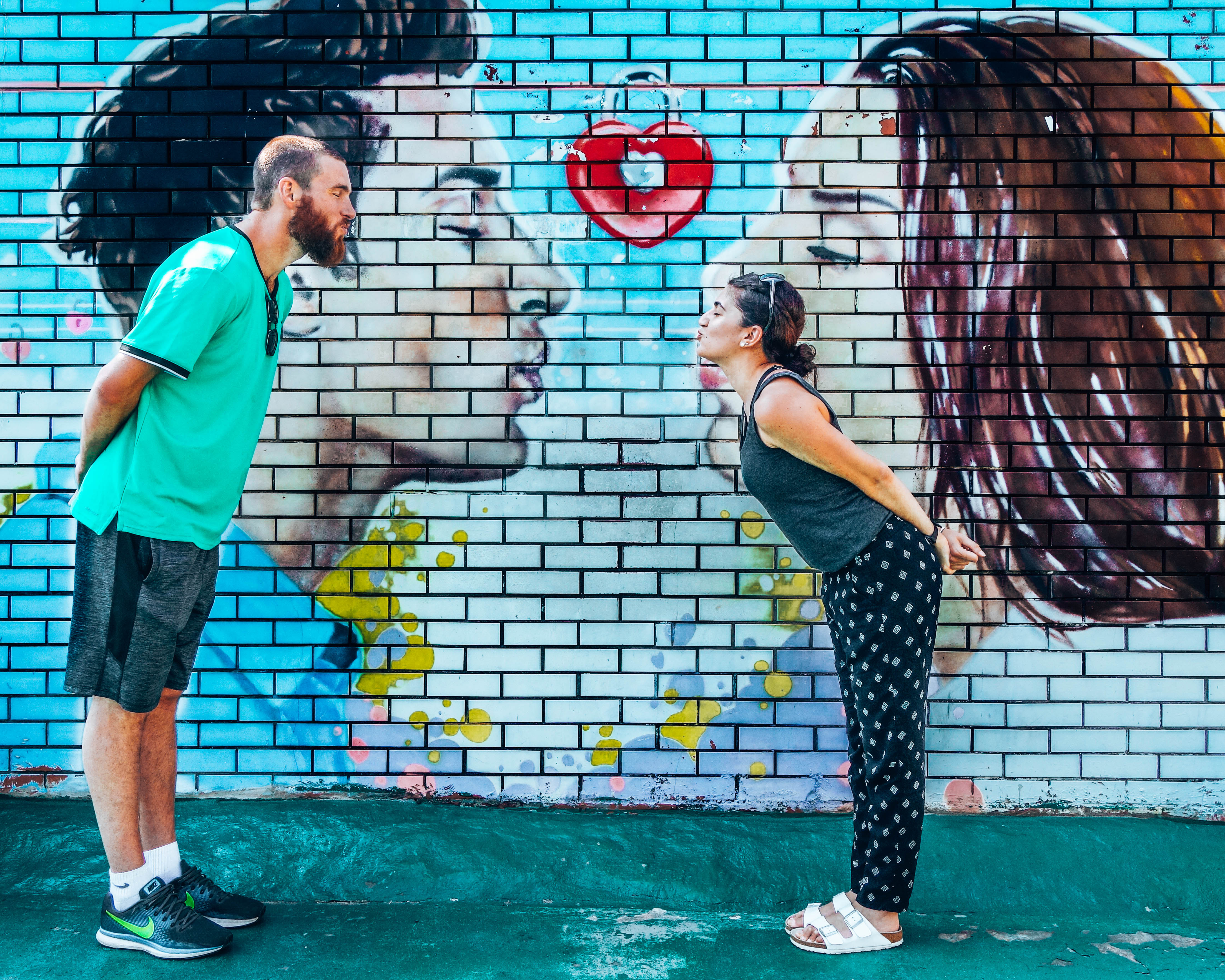
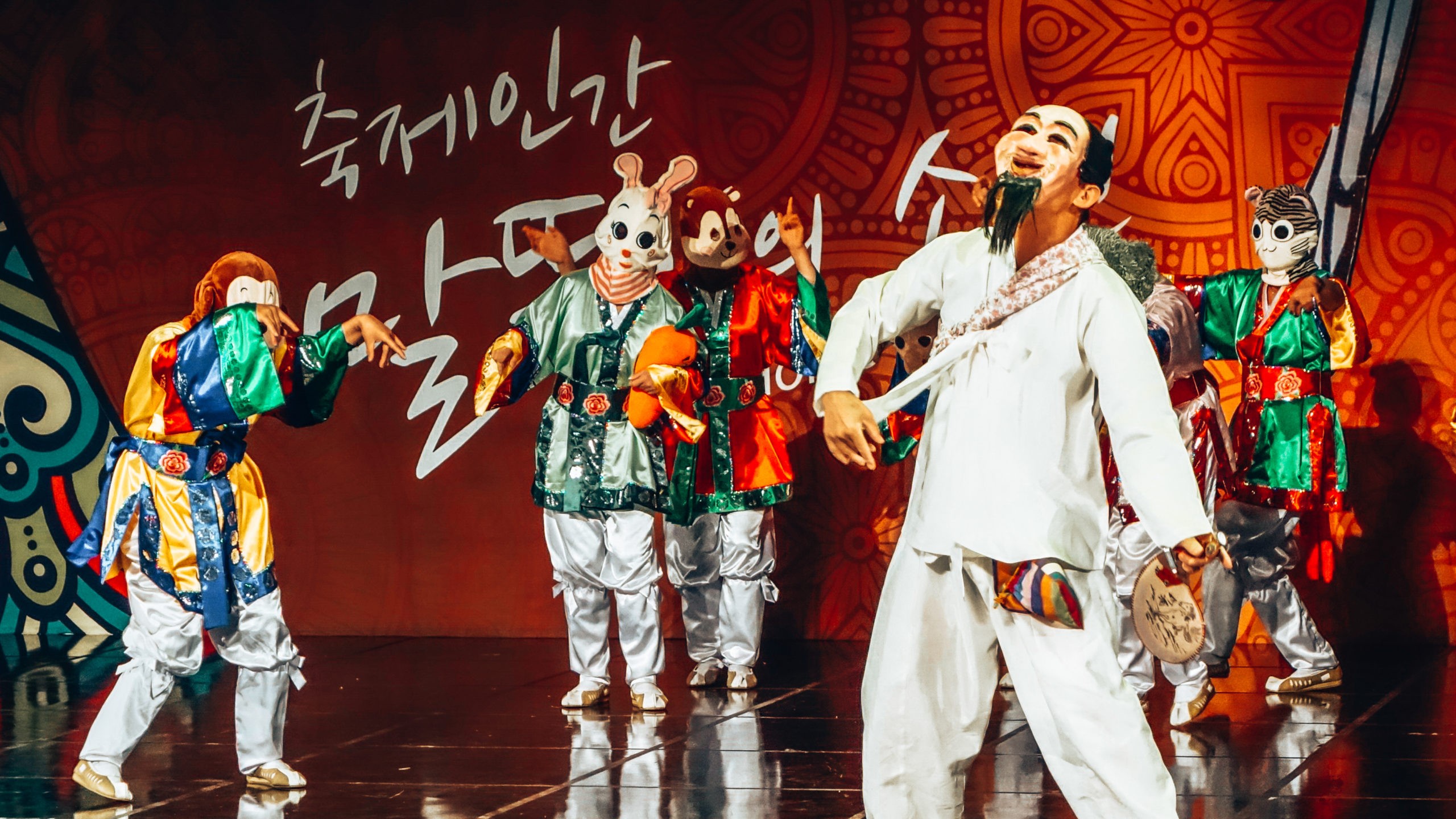
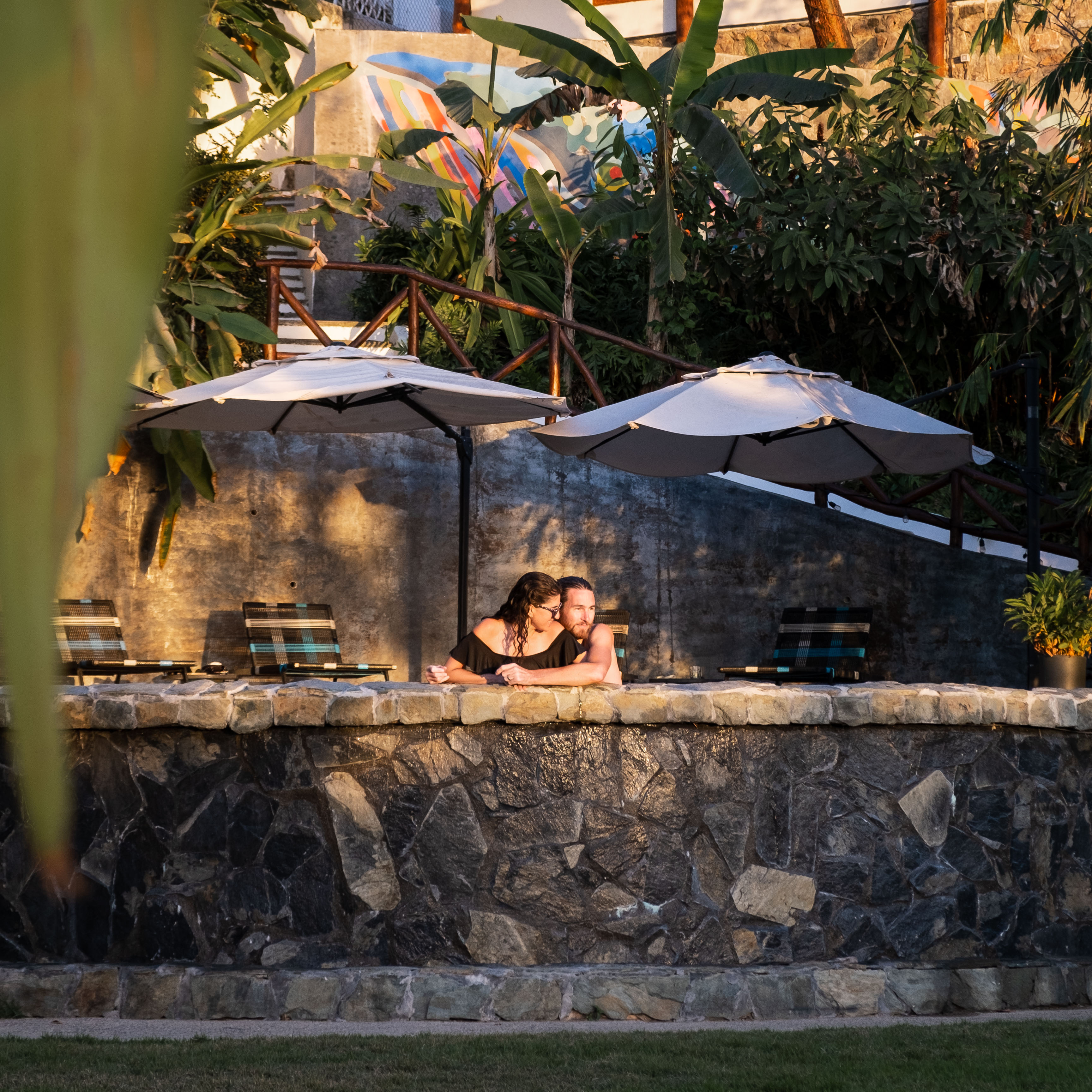


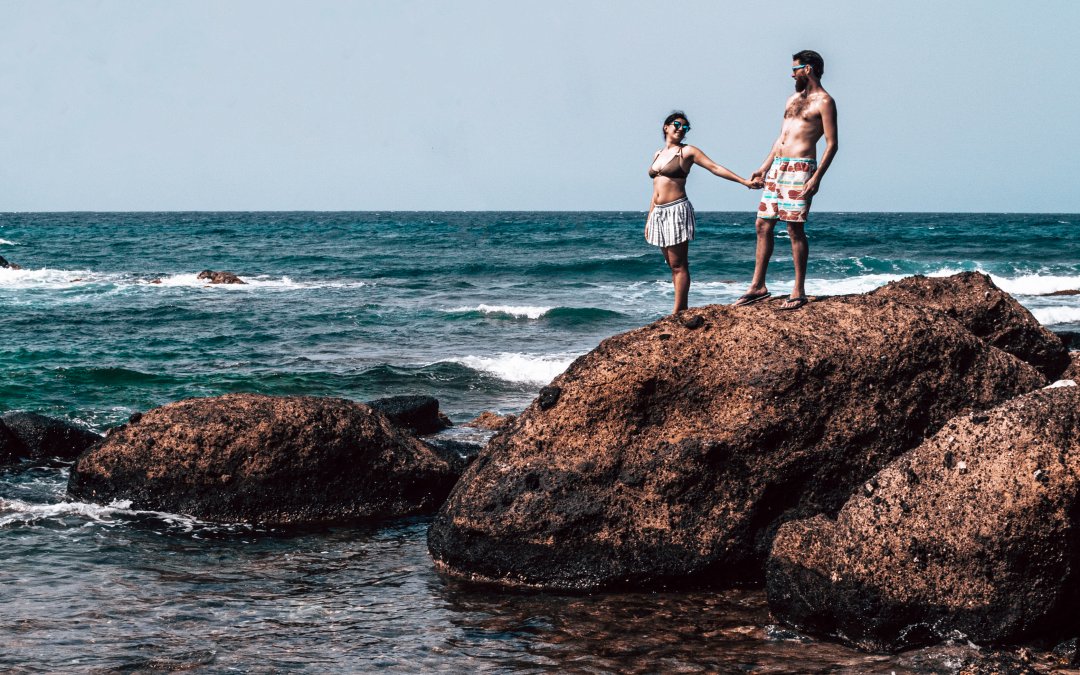
0 Comments